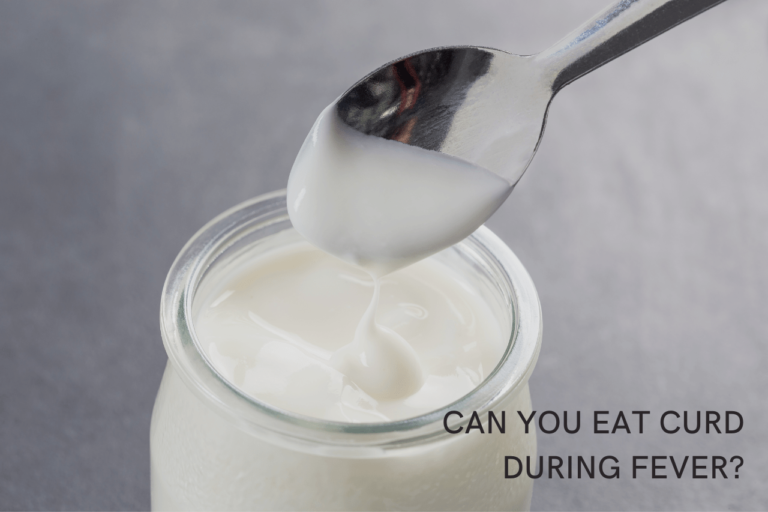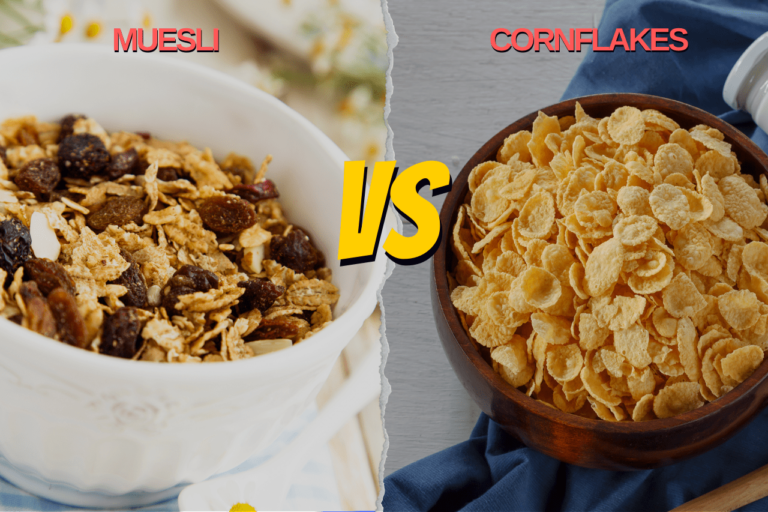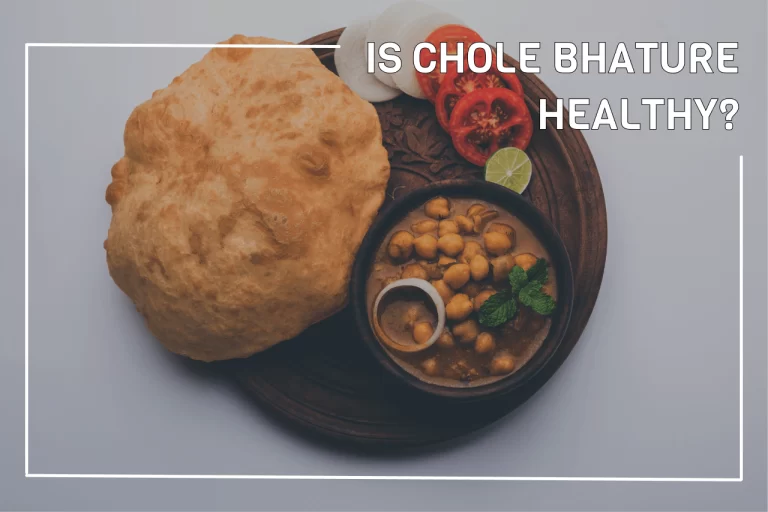In today’s world, almost everything you love eating is made up of maida.
From cheesy pizzas to delectable momos, crispy bread to tantalizing pasta, even the beloved street-side samose and bhature, everything has maida as the main ingredient.
And while it makes food taste delicious and is cheap and convenient, is maida good for health?
Short answer: Maida is not good for health as it is low in nutritional value and has been linked in diabetes, high cholesterol, weight gain and digestion problems.
In this post, I have listed 8 reasons why maida is not good for your health.
But that’s not all.
At the end of the post, I have also listed 6 best maida alternatives.
But first, let’s look at how maida is made.
How is maida prepared?
To understand how maida is prepared, let’s first understand what wheat grain is made up of.
A wheat grain comprises three parts—bran, endosperm and germ.
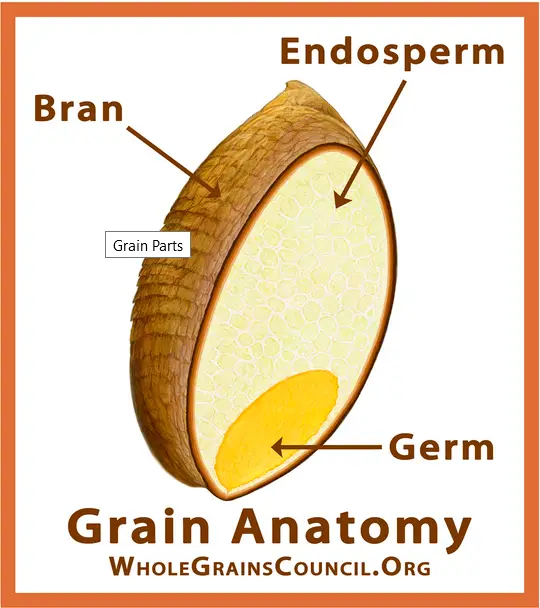
Bran is the tough outer layer of the grain that is a good source of nutrients such as fiber, protein, antioxidants and fat. It is also low in calories and does have many vitamins.
Inside the bran is the endosperm. The endosperm is by far the largest portion of the grain. It mainly contains starchy carbohydrates, proteins and minimal amounts of vitamins and minerals.
The germ is the innermost layer. It’s where the grain’s oil is stored. It also contains some of the grain’s B vitamins and minerals.
Maida or refined flour is made from grain from which the bran and the germ have been removed.
This means maida is made from only the endosperm part of the grain, which is low in nutrients.
Here is the chart below that compares whole wheat flour’s nutrients to refined and enriched wheat flour.
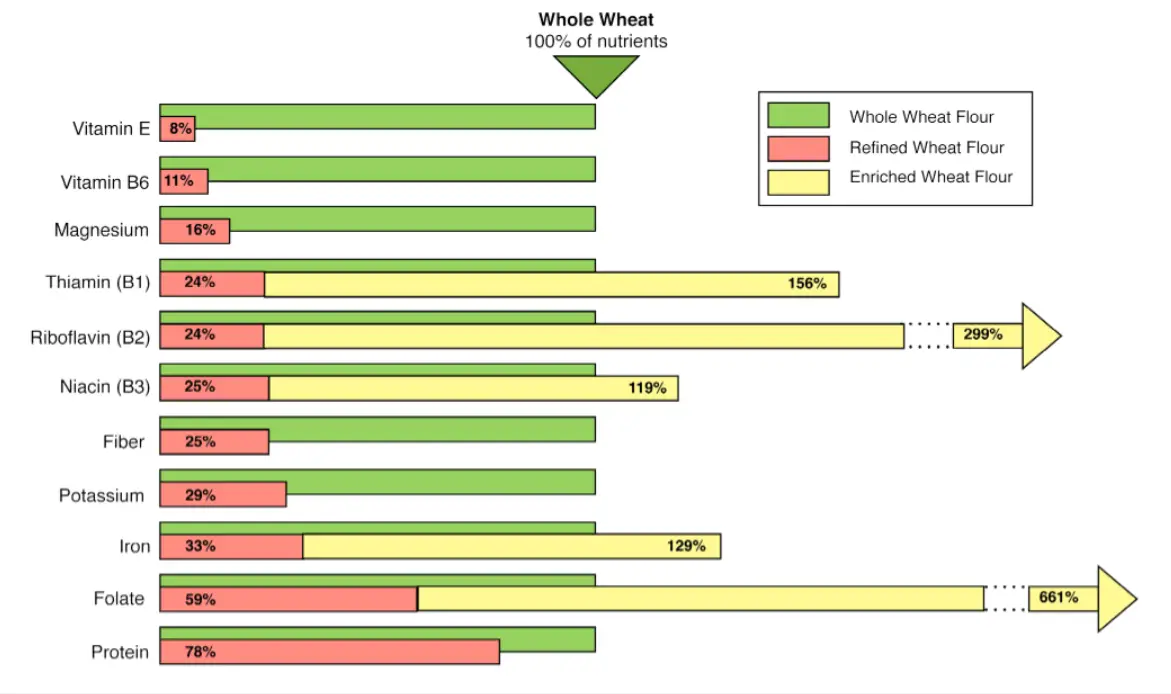
Removing bran and germ parts from the grain reduce 25% of the grain’s protein, and the other seventeen essential nutrients also get heavily reduced. However, the manufacturer replaces some of the nutrients that have been lost.
8 Reasons why maida is not good for health
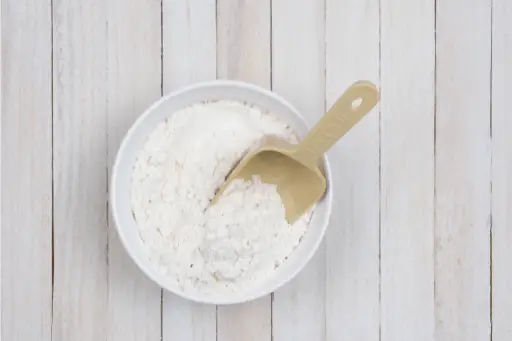
1. Low nutritional value
Maida is devoid of essential nutrients because it is only made from the grain’s endosperm, which is mostly starch and contains few nutrients.
Although maida has a good protein content, it is deficient in other essential nutrients such as fiber, fats, vitamins, and minerals.
A single cup of Maida contain roughly 496 calories, 11g of protein, 107g of carbohydrate, 2g of fiber and 1g of fat.
2. High risk of diabetes
According to research, people who consume maida or maida products have a higher risk of developing diabetes.
There are three main reasons for this: a high glycemic index, a high starch content, and Alloxan.
First, not only maida but also the products made from maida, such as noodles, pasta and white bread, are high in glycemic index.
The glycemic index of maida itself is 71. As a result, it must not be consumed by people who have diabetes.
Second, maida is made from the grain’s starchy part, which quickly breaks down into sugar, causing blood sugar levels to rise. This can eventually lead to diabetes.
Third, I discovered during my research that maida go through a bleaching process in which they are bleached with chemicals like alloxan to make them white and fine.
Alloxan is toxic to the pancreas and is banned in many countries.
Eating too much maida can damage your pancreas, resulting in diabetes.
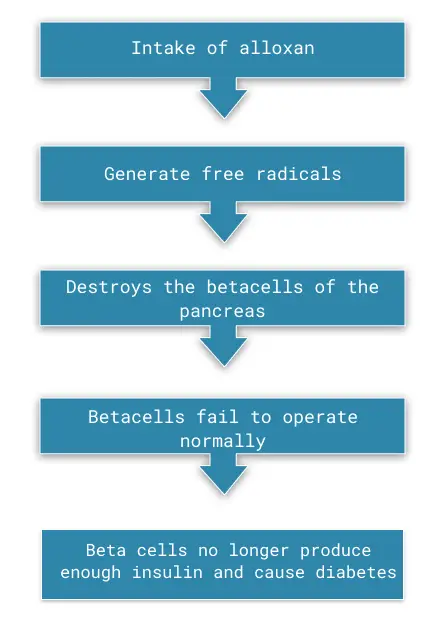
3. Maida consumption can lead to weight gain
Maida is high in calories, and when you eat more calories, your body’s cells receive more glucose than is required. The body uses only glucose, it’s required to provide energy to you.
All of the extra glucose in the body is converted to fat, resulting in weight gain.
Maida also has low fiber content, so you may feel fuller for a short time after eating it, but not for long periods.
This later triggers hunger and forces you to eat unnecessarily.
Is maida suitable for people looking to gain weight? No! The weight gain caused by maida is not considered healthy. In fact, if eaten regularly, it can raise the risk of becoming obese.
4. Use of unhealthy ingredients
Maida is bleached with many harmful toxins to achieve the typical white colour, fine texture and better taste.
Once the maida is mixed with alloxan, it is further bleached with Benzoyl Peroxide and chlorine dioxide.
The benzoyl peroxide affect the digestive system by making the stomach more alkaline than acidic, reducing glucose fermentation by 95%.
Other chemicals used include Ajinomoto, benzoic acid and sodium meta bi-sulphate (SBMS).
Consuming too many foods containing these chemicals can result in various serious health problems such as cancer, thyroid, obesity and asthma.
5. Digestion issues
Digestion issues are one of the most common issues linked to the consumption of maida.
The fiber content in maida is very low, making it difficult to digest and slowly congesting the system.
In many cases, overconsumption of maida leads to digestive problems such as constipation, bloating and gas.
6. Risk of high cholesterol
Food items that are made from maida are often highly processed.
These foods mainly contain simple or refined carbohydrates, which can harm your good cholesterol (HDL) levels.
In addition, maida has a high-glycemic index, which means it cause blood sugars to rise rapidly. The increase in blood sugar also raises insulin levels, which raises bad cholesterol (LDL) levels.
High cholesterol levels in the body are also a risk factor for heart disease.
7. Eating maida affects bones density
When all of the nutrients in maida get removed during the refining process, it becomes acidic.
When you eat maida, the amount of acidity increases, and your body uses calcium from your bloodstream to neutralize the excess acidity.
However, if your blood calcium level is low, it pulls calcium from your bones, affecting bone density.
This, over time, can lead to various bone-related problems.
8. Maida causes mood swings and high anger
Research suggests that what you eat can significantly affect your mood and anger.
I have seen that people who eat more maida-based foods are short-tempered and don’t talk sensibly.
This is because, maida based foods are deficient in nutritional value.
Additionally, they are high in refined carbs, which according to studies, can lead to mood changes, fatigue and other symptoms of depression.
Also, If you’ve been feeling a bit sluggish, maida might be the main reason.
Better alternatives to maida
Even though maida is harmful to one’s health, why do many people use it?
That could be because they are unaware of the effects of maida on their health or simply do not take their health seriously.
However, if you care about your health, you can replace maida with these healthy alternatives.
1. Whole wheat flour
Whole wheat flour is made from the entire wheat grain, including the bran, the germ, and the endosperm. It is high in fiber, vitamins, and minerals and can be an ideal replacement for maida.
Compared to maida, whole wheat flour has more:
- Protein
- Fiber
- B vitamins
- Minerals, such as magnesium, potassium, and zinc
- Antioxidants
2. Gram flour (Besan)
Gram flour, also known as besan, is a type of flour made from ground chickpeas. It is light brown, has a nutty taste and is high in protein and fiber and makes an excellent choice for people looking for a healthy, sustainable source of energy.
3. Finger millet (Ragi)
Ragi flour is made from a type of millet called Finger Millet, an ancient grain consumed for centuries in India.
It is gluten-free, high in protein and fiber, and low in carbs. It is also a good source of calcium, magnesium, and potassium.
4. Pearl millet (Bajra)
Bajra flour is a type of flour made from the pearl millet. It is a good source of dietary fiber, minerals, and vitamins. It can be used to make bread, pancakes, rotis, dosas and snacks such as bajra vadas and bajra pakoras.
Including bajra flour in your diet can have many health benefits such as healthy heart, promoting weight loss and reducing bad cholesterol levels.
5. Buckwheat flour (kuttu ka atta)
Buckwheat flour, popularly known as kuttu ka atta, is India’s famous whole-grain food.
It is considered a superfood as it can help with weight loss, heart health and managing diabetes. It has more protein and fiber content than maida and is good for your overall health.
6. Soy flour
With increasing awareness about health, many people are shifting towards soy products, including its flour.
Soy flour is a finely ground powder made from roasted soybeans. It has a mild, nutty flavour and a high protein content. It used to replace some or all of the white flour in bread, cookies, and other baked goods.
Final words
Although maida is a staple in the most people diet, it is not good for health.
Maida is low in nutritional value and has been linked to diabetes, high cholesterol, weight gain, digestive problems, and mood swings.
Avoid maida-based products and replace them with whole wheat grain-based foods in your diet.
Found this information helpful? Share it.
Here are a few other posts that might also be helpful for you.
FAQs
In english, maida is known as white flour or refined wheat flour.
Maida is not gluten-free because it is made from the endosperm of the grain, which contains gluten.
It is not necessary that every pasta is made up of maida. Some companies also sell pasta that is made entirely of whole grains and are healthy for you.
It is suggested that you switch from maida-based foods to whole grain-based foods in your diet. However, If you can’t get rid of your maida addiction, try to limit your consumption to 2-3 times per week.
Due to low nutritional value and high glycemic index, it is unsafe to eat maida everyday as it may lead to digestive issues and other health problems.
Yippee noodles are unhealthy for your body because they are made up of 78% maida.

